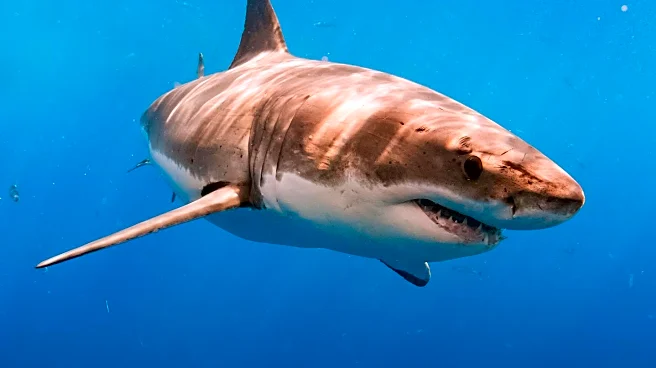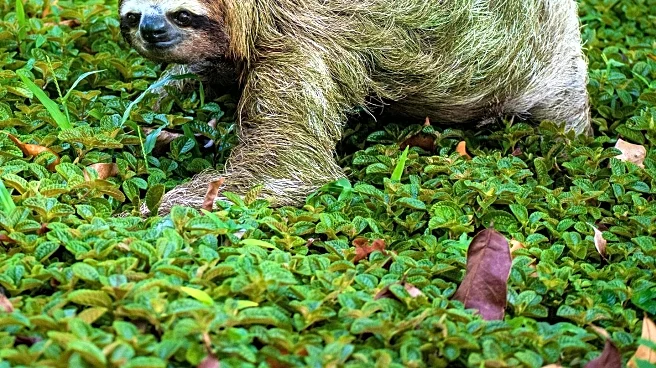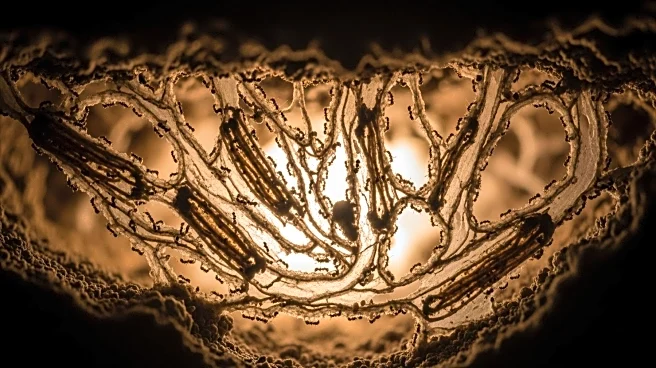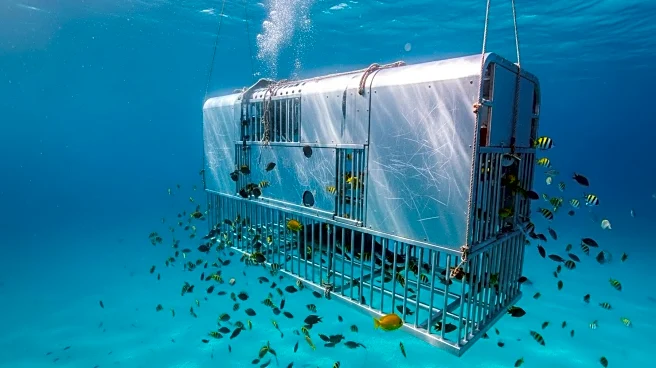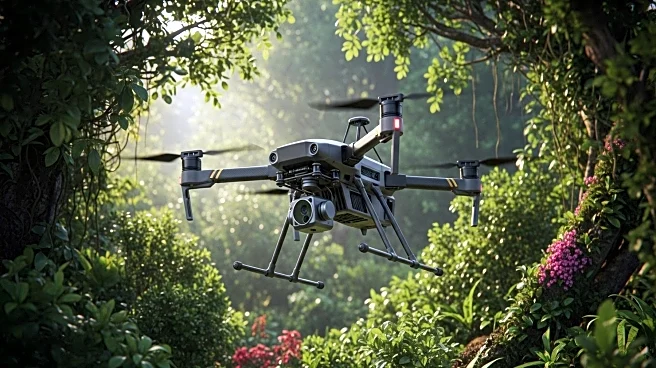What's Happening?
Recent research has focused on optimizing the culture conditions for deriving embryonic stem (ES) cells from avian species, particularly chickens. The study explored the use of specific inhibitors and egg yolk components to maintain the pluripotency of chicken ES cells. The research demonstrated that the combination of Wnt/β-catenin signaling inhibitor IWR-1 and protein kinase C inhibitor Gӧ6983, along with ovotransferrin from egg yolk, supports the self-renewal of chicken ES cells. This method was also tested on other avian species like pheasants, ducks, and turkeys, with varying degrees of success. The findings suggest that these techniques could potentially be applied to conserve endangered avian species and possibly revive extinct ones.
Why It's Important?
The ability to derive and maintain ES cells from avian species has significant implications for conservation biology. By preserving the genetic material of endangered species, scientists can potentially prevent extinction and maintain biodiversity. This research also opens up possibilities for de-extinction efforts, where extinct species could be revived using advanced reproductive technologies. Furthermore, the study enhances our understanding of avian biology and could lead to breakthroughs in agricultural practices, particularly in improving poultry breeds for food production.
What's Next?
Future research will likely focus on refining these techniques to improve the efficiency and stability of ES cell cultures across a broader range of avian species. There may also be efforts to apply these findings to practical conservation projects, potentially collaborating with wildlife organizations. Additionally, ethical considerations and regulatory frameworks will need to be developed to guide the application of these technologies in conservation and agriculture.
Beyond the Headlines
The research highlights the ethical and ecological considerations of using advanced biotechnologies in conservation. While the potential to revive extinct species is intriguing, it raises questions about the ecological impact and the moral implications of such actions. The study also underscores the importance of interdisciplinary collaboration, combining insights from biology, technology, and ethics to address complex environmental challenges.




